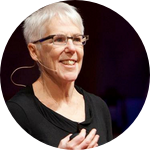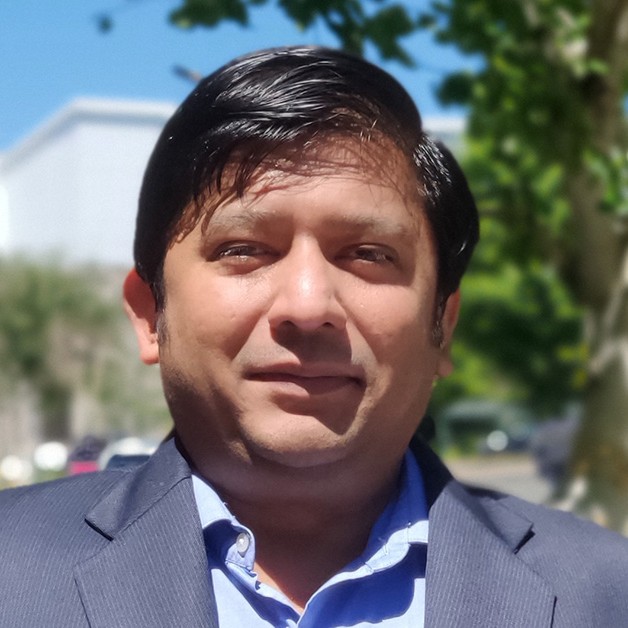About This Project
This study examines the effectiveness of Biorock, a biomimicry solution typically used for the physical protection of coastal infrastructure from wave action, as a carbon sequestration method. Biorock is a mineral deposition product with a lower carbon footprint than, and equivalent in strength to, traditional concrete or quarried rock solutions. This study may find that as well as reducing the carbon impact of cement production in coastal protection, it can act as a CO2 sink for coastal waters.
Ask the Scientists
Join The DiscussionWhat is the context of this research?
Biorock is an synthetic, concrete-like material which is commonly produced for artificial reefs and coastal protection/regeneration. Unfortunately, the current conditions that form Biorock for artificial reefs results in the emission of CO2 into the atmosphere. By changing the conditions, Biorock can theoretically result in ocean-based CO2 absorption and its products can be incorporated into concrete and cement alternatives, reducing the carbon impact of the cement industry, as well as other forms of carbon sequestration.
What is the significance of this project?
Most shoreline protection methods involve using breakwaters and wave barriers made from cement products, whose industry is classified as the third largest industrial polluter by the EPA, which have been known to increase localized erosion or unwanted deposition (Department of Natural Resources and Environment Tasmania, n.d.). Using carbon neutral or negative alternatives can reduce the environmental impact associated with the production of these materials as well as have been shown to regenerate coastal areas, reversing years of erosion as per the Global Coral Reef Alliance's studies. Also, as opposed to concrete which has to be replaced upon damage, Thomas Goreau shows that Biorock has the capability of self-regeneration which effectively eliminates the need for replacement.
What are the goals of the project?
The goals of this project are to quantitatively evaluate the technical effectiveness, carbon sequestering potential and use as habitat by temperate ocean marine organisms of Biorock structures. This would be done in a multi-phase process beginning with small-scale, in-lab pilot testing monitoring the carbon sequestration potential of Biorock formation at different rates, followed by a field study in a coastal region to assess its effectiveness for shoreline protection and marine habitat fostering. The series of testing would ideally operate until the end of December 2023.
Budget
These budget items are required to develop a test system to quantify the carbon sequestration potential of Biorock by optimizing brucite production, whose conversion to magnesite is carbon negative. The mechanical setup involves tanks, electrodes, sensors, and more. The sensors employed will allow for measuring liquid parameters such as pH, salinity, and temperature while monitoring generation rates.
Endorsed by
 Project Timeline
Project Timeline
Initial test samples of Biorock will be grown under various voltages/currents and monitored for mineral composition as well as the resulting changes in solution pH/alkalinity. The optimal design parameters will be identified and used to generate samples for CO2 sequestration testing.
Ideally, the solution's pH/alkalinity will help determine whether the selective growth of brucite is CO2-absorbing while further testing will assess the viability of brucite in scrubbers and industry products.
Jul 03, 2023
Project Launched
Aug 31, 2023
Produce samples of Biorock at varying voltages/current (3-4 weeks of growth)
Sep 15, 2023
Analyze sample compositions (ie. identify aragonite or brucite selectivity) and identify optimal growth conditions
Nov 10, 2023
Produce Biorock samples atdetermined optimum operating conditions for mechanical property testing (4-6 weeks of growth)
Nov 30, 2023
Develop prototype building materials from Biorock products and assess the CO2 sequestration capability of the process.
Meet the Team
Team Bio
This project will be directed by Robert Duff under the advisement of Kohen Bauer. Kunal Khandelwal will be acting in an advisory role for life-cycle and scale-up potential analysis.
Robert Duff
Robert is a co-op student, currently completing his third year in Chemical Engineering at the University of Waterloo, working as a junior staff scientist at Ocean Networks Canada. He is focussed on various projects related to environmental chemistry and marine carbon dioxide removal. He has prior experience with electrolytic separation and selective mineral removal from wastewater.
Kunal Khandelwal
Kunal is a seasoned business professional with over 10 years of experience working on strategic partnerships and business development. He is part of the team at Ocean Networks Canada (ONC) that is leading the climate solutions related development and technology acceleration. He has prior experience leading investor acceptance and commercialization research for Solid Carbon another ONC led Negative Emissions Technology project.
Kohen Bauer
Kohen is a marine biogeochemist who is a senior staff scientist at Ocean Networks Canada. He is focussed on supporting interdisciplinary projects related to marine biogeochemical cycling, ocean acidification, ocean de-oxygenation, and climate dynamics. His current research interests are broad and include: ocean de-oxygenation on varying timescales, the connections between climate and biogeochemical cycles, ocean chemistry and acidification, the role of microbes in marine biogeochemical cycles, the composition of marine sediments, and developing new and innovative biogeochemical proxy tools.
Additional Information
Mineral accretion (ie. Biorock) acts by submerging an anode and cathode within saltwater, resulting in the ionization of dissolved minerals. The electrical charges create a localized alkaline region around the cathode which initiates the precipitation of carbonates and hydroxides onto the cathodic surface. The primary products are composed of calcium and magnesium complexes, with selective product formation being capable through current and voltage variation. A full, in-depth report on the mechanisms of the process is presented by Wolf H. Hilbertz.
Project Backers
- 4Backers
- 100%Funded
- $10,046Total Donations
- $2,511.50Average Donation




